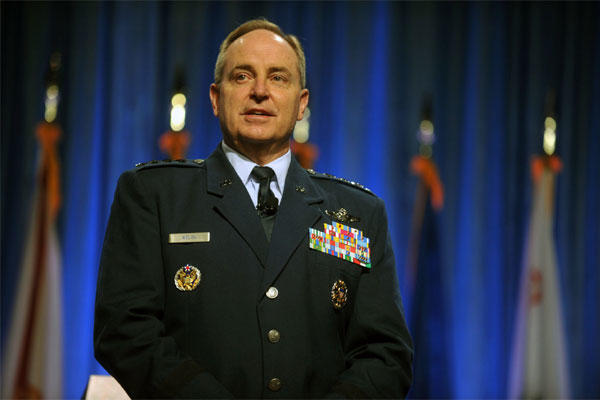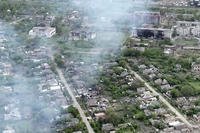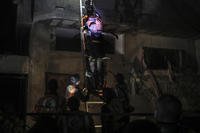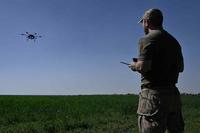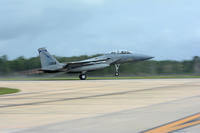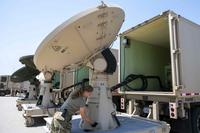WASHINGTON -- Today's Air Force is not only smaller, but its diminutive fleet is older than it has ever been, the service's chief of staff said Jan. 28 in remarks at the Senate Armed Services Committee.
Air Force Gen. Mark A. Welsh III reported to Congress that the challenge to modernize won't be easy, and will require accepting prudent operational risk in some mission areas for a period of time.
"If World War II's venerable B-17 Bomber had flown in the first Gulf War, it would've been younger than the B-52, the K-135 and the U-2 are today," Welsh recounted. "We must modernize our Air Force."
At Budget Control Act funding levels, the Air Force will no longer be able to meet the operational requirements of the Defense Strategic Guidance, nor will it be able to defeat an adversary while denying a second adversary or defending the homeland, the general maintained.
Shrinking Fleet, Personnel
When the Air Force deployed to Operation Desert Storm in 1990, the service had 188 fighter squadrons, Welsh said. Today, 54 remain and that number could drop to 49 in the next couple of years, he said.
In 1990, there were 511,000 active duty airmen, he added; today, there are some 200,000 fewer than that.
"As those numbers came down, the operational tempo went up; your Air Force is fully engaged," Welsh said. "All the excess capacity is gone and now more than ever, we need a capable, fully ready force."
But the Air Force, Welsh noted, cannot continue to cut force structure as it has in recent years to cover readiness and modernization costs or it will risk being too small to succeed in current tasks.
As such, BCA-level funding, Welsh said, will force the service to considering divestiture of fleets such as the KC-10, U2, Global Hawk Block 40 and portions of the airborne command and control fleet.
"We'd also have to consider reducing our MQ-1 and MQ-9 fleet by up to 10 orbits," Welsh said. "The real-world impact of those choices on current U.S. military operations would be significant."
In areas such as intelligence, surveillance and reconnaissance alone, 50 percent of the current high-altitude missions would no longer be available and commanders would lose 30 percent of their ability to collect targeting data against moving vehicles on the battlefield, Welsh warned.
The Air Force, he added, would also lose a medium-altitude ISR force critical to operations in Iraq and Syria.
According to Welsh, in fiscal years 2014 and 2015, the Air Force used the short-term funding relief of the Balanced Budget Act to target individual and unit readiness.
Readiness at Risk
"The readiness of our combat squadrons has improved over the past year," the general said. "Today, just under 50 percent of those units are fully combat ready."
But sequestration, the general underscored, would instantly reverse that trend.
"Just like in FY13, squadrons would be grounded, readiness rates would plummet, Red and Green Flag training exercises would have to be canceled, and our air crew members' and their families' frustrations will rise again," Welsh said.
Also in the crosshairs are long-term elements such as training and test ranges, space launch, simulation and nuclear infrastructures, which he said have been intentionally underfunded in recent years to divert dollars to individual and unit readiness.
"That bill is now due, but BCA caps will make it impossible to pay," the general said.
